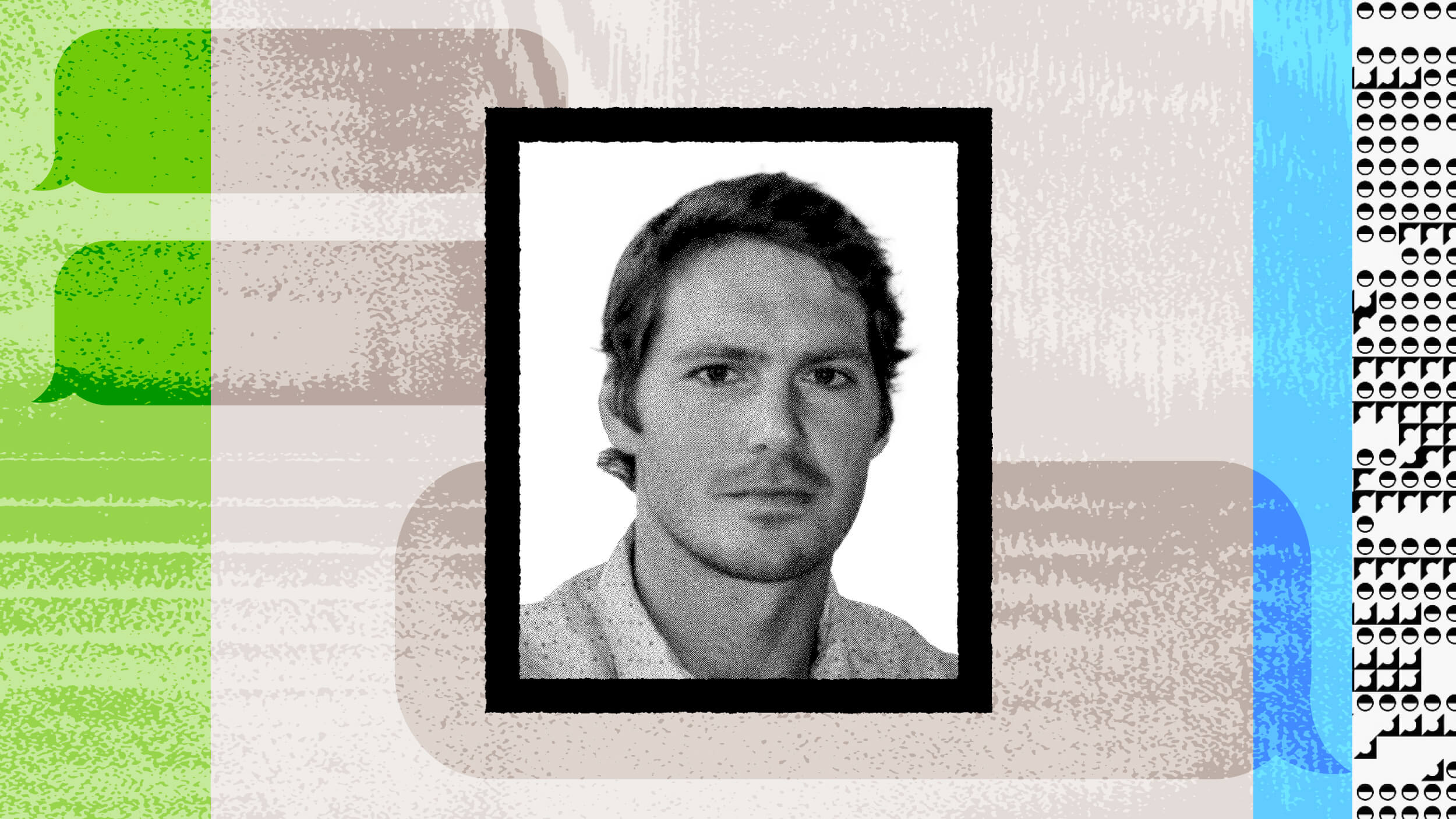From our tiniest cells performing constant “suicide programs,” to the adaptive measures behind the grand sweep of evolutionary history, death is what truly drives life.
Question: What is the importance of death to evolution?
Tyler Volk: Without death, there’s no evolution; at least as far as we know it. One could hypothesize some organism that might live forever that would butt off mutations, but evolution as it works now, operates by organisms dying and the next generations carry on. And those generations, for the most part, have variance in them and then those variants are selected. So you can get a sort of design happening out of evolution over time, or you can get adaptations occurring that did not exist. So, for example, at one point there were no large creatures such as us, or elephants, or dinosaurs, or amphibians walking on land. There were vertebrates called fish in the world’s oceans and then they were about to emerge and to go up on land. The only way that could happen would be many generations dying. Many generations of fish with certain kinds of limbs dying and there were slow variations accumulating to turn those fish into tetrapods, four-legged creatures, that would either being the mud, or in the shallow water and eventually crawl up out of the ocean. So, death has really been an essential ingredient to the evolutionary process.
Question: Why are cells constantly being recycled in our bodies?
Tyler Volk: Cells are dying in our bodies all the time. The rates that they die and are replaced vary depending on what organ we’re looking at. So, for example, the skin – the cells in the skill are turned over approximately every month of time. New cells are migrating outward and old cells are sloughed off. And that makes some sense. The skin is subject to a lot of wear and tear and abrasion; it is in contact with a harsh environment. So for the skin to have some kind of way to renew itself is very essential to having a border around our bodies. Organs, such as the brain and the heart, the cells there – many of those cells, either aren’t intended to die, they don’t really have turnover. And some part of the brain it is being discovered, the cells do have turnover, but clearly the places such as the brain and the heart in which the interconnectivity of the cells and the cells working together, is really crucial in those organs that turnover is a lot less.
So the body, through the evolutionary process, has tuned death in a kind of adaptive manner to insure that these organs are healthy depending on what function these organs have to play.
There’s also a role of death in development that all large creatures that we know, have. A really good example is our hand with our five fingers. The fingers do not grow as stems of a tree might grow in which they start small and they just grow outward. You might think that happens that they are starting – of course they’re small in the womb. But instead, the hand starts off as like a paddle. Sort of a thick, very thick ping-pong paddle. And the fingers in this embryonic stage are formed by the cells in between dying off. So the first extension of the fingers is formed by a developmental form of death. It’s a programmed death. This is death being controlled. It’s not just the turnover that I described earlier of the skin turning over, but these cells die in between. And they don’t die and then fall away. They die and are reabsorbed into the hand, and so it’s a form of recycling. But the formation of the hand; and this is true of the human hand, the mouse hand, there’s many examples of this. And if there is not controlled, what’s called programmed cell death, very precisely sculpting the developing organism, it’s been show that these organisms can die that death is absolutely essential in the early developmental process.
Question: How is death essential to life?
Tyler Volk: Yeah. One thing I write about is the fact that there’s not just one death, there’s different forms of death. There’s the death of our bodies that has to do with the essence of us being a large multi-cellular creature, a metazoan having to do with the slowing down of the repair mechanisms. But there’s also a lot of death inside our bodies as we live. The death of our cells, skin cells are always sloughing off, internal cells are dying, cells that are abhorrent; go through a kind of suicide program. So, there’s a lot of death inside our bodies all the time going on that is essential to our life. And this is somewhat of a different death from the death of our bodies as large organisms.
And then there’s also death on small scales, in bacteria, that either have to do with running out of nutrients that is an inadvertent form of death, but there’s also kinds of bacteria which are multi-cellular, and they can program cell death as they go into reproductive phases. So, one issue about death that I find particularly fascinating is that there is not just one kind of death, but death has been really incorporated into life in various forms depending on what scale of nature we’re looking at.
Tyler Volk: Yeah. One thing I write about is the fact that there’s not just one death, there’s different forms of death. There’s the death of our bodies that has to do with the essence of us being a large multi-cellular creature, a metazoan having to do with the slowing down of the repair mechanisms. But there’s also a lot of death inside our bodies as we live. The death of our cells, skin cells are always sloughing off, internal cells are dying, cells that are abhorrent; go through a kind of suicide program. So, there’s a lot of death inside our bodies all the time going on that is essential to our life. And this is somewhat of a different death from the death of our bodies as large organisms.
And then there’s also death on small scales, in bacteria, that either have to do with running out of nutrients that is an inadvertent form of death, but there’s also kinds of bacteria which are multi-cellular, and they can program cell death as they go into reproductive phases. So, one issue about death that I find particularly fascinating is that there is not just one kind of death, but death has been really incorporated into life in various forms depending on what scale of nature we’re looking at.





